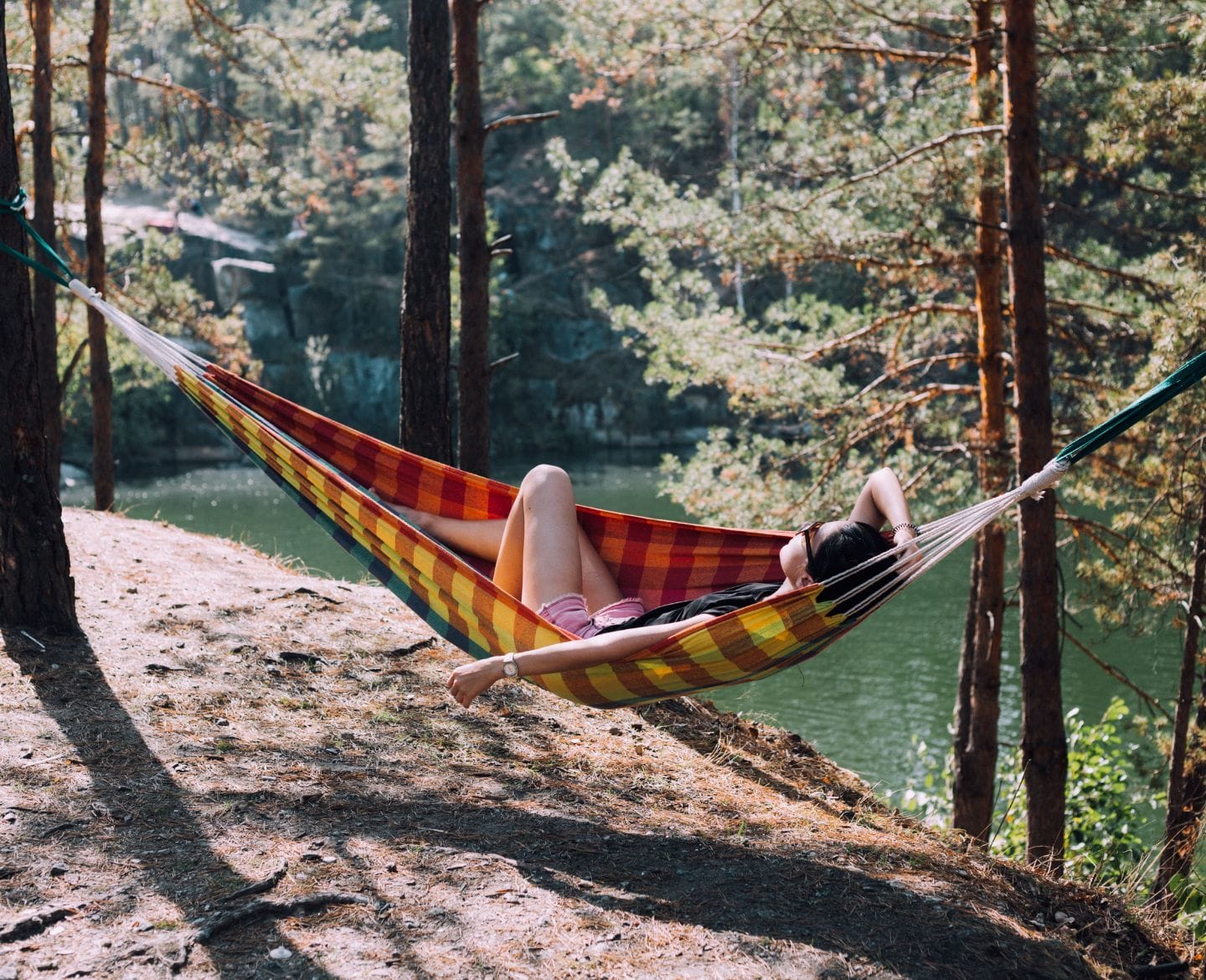Montessori at home: 10 water play activities for toddlers & preschoolers

Fun for everyone involved.
Table of Contents
Montessori is all about freedom within limits. This includes giving children access to messy things like paint and water and setting boundaries around it so that things don’t get out of control. The goal is to give the child a chance to fully explore the sensory experience of water—including what it feels like to spill all over his shirt or drop a bucket of water and have to clean it up—without making it overwhelming or chaotic.
Here are a few tips for success when children work with water in the Montessori classroom:
1. Use an apron
Montessori children wear aprons for activities like food preparation, painting, and water work when done inside. The apron protects the child’s clothes from getting too wet, but it also designates the beginning and end of the process. The child puts on the apron when she begins water work, and only takes it off after the work is neatly put away and any spills are cleaned.
2. Practice cleaning spills
In the classroom, children receive lessons of increasing difficulty with everything—including water work. A child receives a lesson on transferring water with a sponge and cleaning spills before they do water pouring work. They have lots of practice with pouring water before they do more complicated activities like scrubbing. This sets them up for success and ensures that they’re ready to tackle the big spills when the time comes.
To try this at home, keep small towels and sponges or a mop within their reach so that they can help with spills independently. Also, always show your child how to clean up and dry the water work after they’re done.
3. Use container size to limit the water
Especially if you have a very young child and you’re allowing them to work with water in the house, you may want to limit the amount of water they’re using. You can do this by carefully choosing the size of the pitcher or container you give them.
For example, in Montessori toddler classes, children pour their own drinking water, but they use a tiny pitcher with just enough for one glass of water. This allows them to practice the skill without creating an overwhelming mess.
With these tips in mind, here are 10 Montessori-inspired water activities to try with your little one:
1. Scrubbing
Scrubbing is a much-loved activity for young children in Montessori classrooms. It gives them the opportunity to contribute to the community, is full of different sensory experiences, and can also be very calming and lead to long stretches of concentration.
Depending on the age of your child, scrubbing can be as simple as a bucket for water and a small scrub brush in the backyard, or it can include many steps for something like floor scrubbing, where the child might lay out cones to denote the wet area, scrub the floor with soap, use a clean sponge to rinse the soap, and carefully dry the floor so no one slips.
Any activity can be made more or less complicated based on your child’s needs and interests.
2. Watering plants
Watering the plants is a great exercise in walking carefully and mindfully while holding a watering can with two hands. It is also an excellent way for toddlers to get to practice carrying heavy things, which they love and need to do.
Find a child-sized watering can and give your child access to water to fill it up (this could be a step stool to reach the sink, a pitcher of water to pour water in, or a big bucket of water to dip the watering can in outside). Show them how to check the dirt to see if a plant needs water and how to pour the water around the base of the plant.
3. Bubble making
Unlike scrubbing and plant care, bubble making is a purely-for-fun activity. All you need is a pitcher for water, a big mixing bowl, a small dropper bottle of soap, and a kitchen whisk or manual egg beater. Show your child how to use the pitcher to fill the bowl, how to put just two or three drops of soap, how to stir to make bubbles, and of course, how to clean up!
4. Measuring
How many cups does it take to fill his bucket? How many buckets does it take to fill the water table? The opportunities for measuring water are limitless.
5. Serving water at mealtime
Give your child a little pitcher and show them how to pour just enough into each person’s glass for dinner. This is a great exercise in control, as well as an opportunity to contribute.
If your child is a bit older, try adding an extra step and show them how to squeeze a lemon or lime wedge into each glass. A garlic press is a great way to squeeze a small citrus wedge.
6. Sink or float
This is a super easy and very fun experiment. You will need a tub of water and a variety of objects from around the house or backyard (think plastic caps, paper clips, corks, a rubber duck, a small stone, etc.).
Let your child place each object in the water and discover which sink and which float. You can change out the objects periodically to keep things interesting.
7. Color mixing
Provide your child with a small pitcher each of yellow, red and blue water. They’ll also need a small dropper and a few empty bowls. Show them how to put a few drops of different colors in a bowl and observe what color it makes.
8. Babydoll washing
This can be particularly fun for children who have a baby sibling at home. You’ll need a small tub, a pitcher for water, a small soap dish and soap, a small washcloth, a small towel and a plastic baby doll.
Show your child how to complete each step of washing the baby, including holding it gently. Make sure to show them how to clean up afterward too!
9. Window washing
You can find a child-sized squeegee in the auto section of many home stores (or a Montessori window cleaning set). Give your child a small spray bottle filled with water and show them how to spray the windows, wipe them with the squeegee, and dry them with a small towel. Keep all of the materials in a small basket (or bucket for outside).
10. Face washing
Young children often hate having their faces wiped, but may take a great interest in completing the task themselves.
You’ll need a small mirror, a soft washcloth, a small pitcher for water, a small dish to pour the water in, and a tray to hold the materials. Show your child how to pour a little water in the dish, dip and squeeze the washcloth, and use the mirror to see which parts need to be washed.
With summer fast approaching, there is no better time to introduce water work at home. Whether you do it inside or outside, there are so many ways to let children use water in a fun and purposeful way.





































